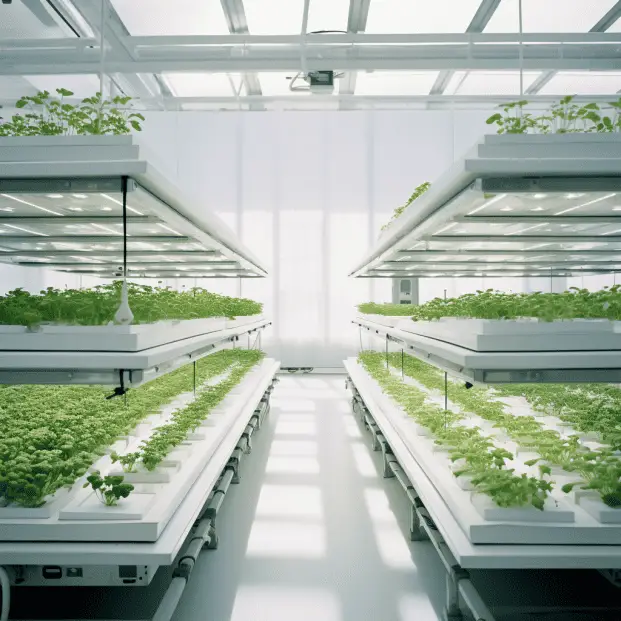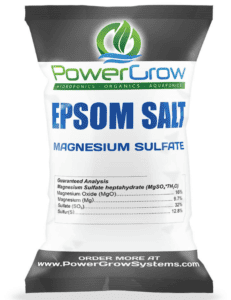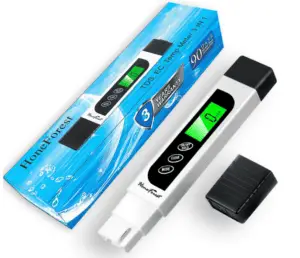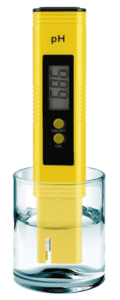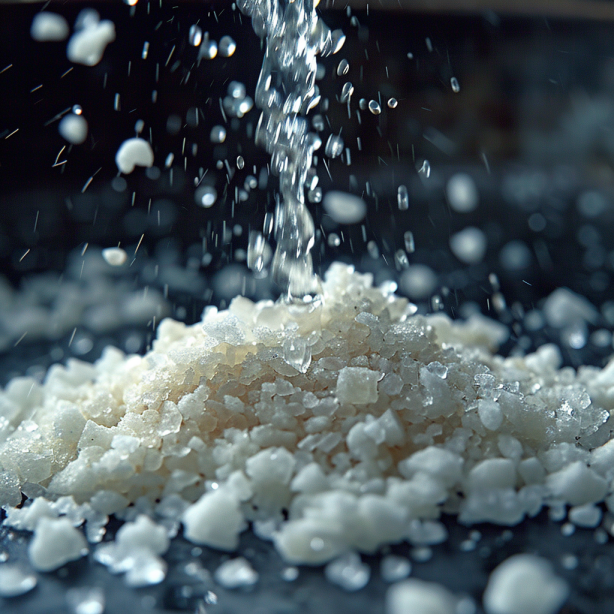
According to farming expert Ms. Chen, “You do not need Epsom salts for most hydroponic gardens.”
But adding this cheap supplement can help plants like tomatoes and peppers grow better.
Keep reading to learn when Epsom salts come in handy for hydroponics. (1)
You’ll find out how much to use for different plants.
See how this powder that costs only cents per pound can help your indoor vegetables get bigger, healthier, and tastier.
Discover an easy way to give your hydro garden a boost, even if you’re just starting out with a simple setup.
KEY TAKEAWAY
Do you need Epsom salt for hydroponics?
The use of Epsom salt in hydroponics can be significant although not necessary for fostering robust plant growth, ensuring nutrient balance, and contributing to overall system health. (2)
Determining if You Need Epsom Salt
Sometimes that vibrant green color starts fading from your plants, leaves look droopy or yellow, or growth just stalls out halfway through flowering.
This is often caused by a magnesium deficiency, which Epsom salt can quickly correct.
But how do you know for sure if your crops need this supplemental mineral boost?
First, look for physical signs of magnesium hunger – yellowing older leaves, stunted vines and stems, or poor flowering and fruit set.
Pay special attention to the middle leaves since deficiencies usually start there.
Another giveaway is curled leaf edges combined with green veining.
You can also directly test your hydroponic nutrient solution’s magnesium levels with an EC meter.
For most plants, magnesium should be around 30-50 ppm.
If it falls below 30 ppm, it’s likely time to break out the Epsom salts!
Finally, some plants like tomatoes, roses, and peppers just tend to need more magnesium due to genetics.
So if you grow known magnesium lovers, having Epsom on hand is never a bad idea.
What is Epsom Salt and Why Use It in Hydroponics?
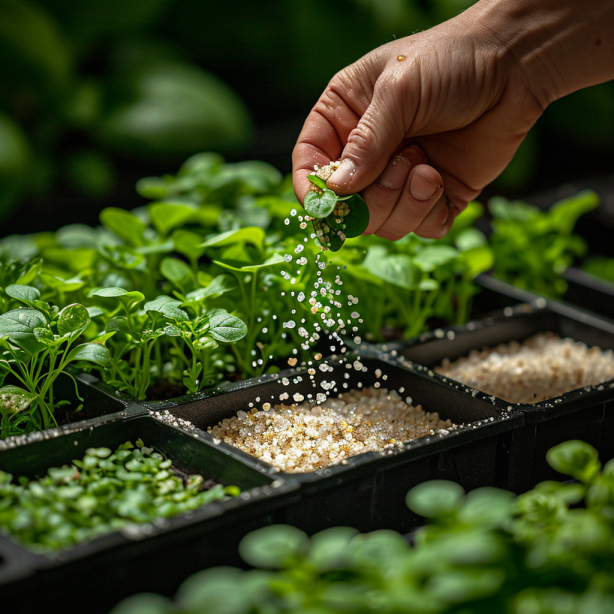
Epsom salt is nothing more than magnesium sulfate, composed of magnesium, sulfur, and oxygen.
Now I know what you’re thinking – why would I want to add salt to my hydroponic garden if I’m trying to avoid salt buildup?
Well here’s the kicker: Epsom salt doesn’t actually build up salts or clog equipment like table salt.
Instead, it breaks down completely to deliver crucial magnesium, an essential nutrient plants need to grow big and strong.
Think of magnesium as the powerhouse mineral for green growth and flowering.
It helps plants better absorb nutrients, make sugars and proteins, and move water and nutrients around.
So if you notice stunted or yellowing plants, adding a dash of…
…Epsom salt to your nutrient reservoir may give them a healthy boost!
The sulfur also helps with root and seed development.
For hydro gardeners, Epsom salt is a great ingredient to correct deficiencies…
…quickly and improve the absorption of other nutrients.
Start with a teaspoon per gallon and go up from there if plants show magnesium hunger!
Using Epsom Salts in Hydroponics
Once you’ve determined plants need more magnesium, here’s how to mix it into your system:
Start with small amounts like 1 teaspoon per gallon of nutrient solution.
It’s easier to add more later than remove excess.
You can use foliar Epsom salt sprays on leaves for a quick fix or add directly to reservoirs for a longer-term correction.
Always fully dissolve Epsom salts before adding to avoid clogging tubes and filters.
I suggest premixing some warm water and salt in a bucket first.
Finally, check and adjust pH 24 hours later, since Epsom salts tend to lower pH.
And there you have it – happy, vibrant plants in no time!
Compatibility With Other Nutrients
Epsom salt plays nice with most hydroponic nutrients, but high levels can cause excess salt buildup when paired with lots of calcium, potassium, or other minerals.
Before mixing it into your regular reservoir, start by testing a small sample bucket first.
Check for any sediment, cloudiness, or crashes to confirm compatibility.
An EC meter also helps monitor if the total salt levels spike above healthy ranges.
As long as Epsom integrates cleanly, it can be a beneficial additive.
But more doesn’t always mean better – use moderation to avoid potential overages.
Best Practices
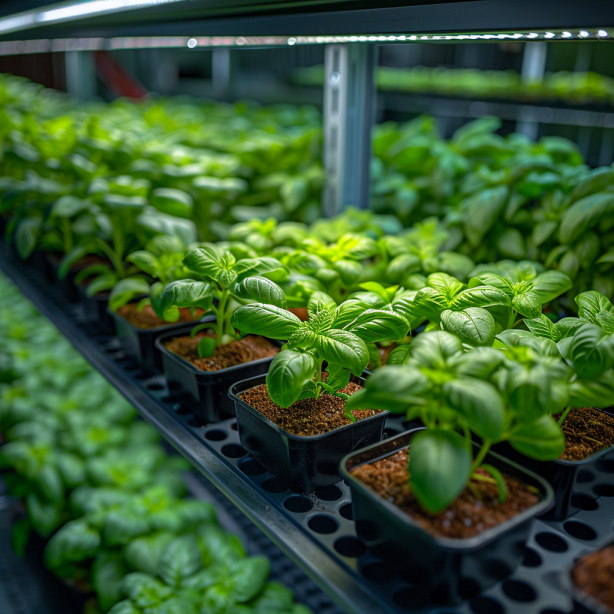
When adding Epsom salt to your system, it’s important to first flush out the old nutrient mix.
This gives the magnesium a “clean slate” to properly dissolve and absorb without interacting with remaining solids.
Once mixed into the fresh solution, observe plants closely over the next 1-2 weeks.
If deficiency spots begin greening up and new growth looks happy, then the…
… Epsom salt is doing its job!
But if issues continue worsening, it may be time to try a different remedy.
Essentially, only continue adding more Epsom salt if it successfully helps turn around deficiency symptoms.
Maximum improvement often occurs around 2 teaspoons per gallon.
If you don’t see positive changes below this threshold, then magnesium is likely not the real culprit.
Stop dosing Epsom salt to prevent over-accumulation.
The key is using Epsom salts strategically as a supplemental boost based on each crop’s unique needs.
By beginning cautiously and only continuing if plants respond well, you’ll strike the perfect balance!
Plants That Benefit From Epsom Salt
Some crops have a naturally higher magnesium demand and see great results with Epsom salt fertilizing.
Tomatoes and peppers depend on magnesium to set healthy flowers and fruits.
Roses use magnesium to produce lush vegetative growth and abundant crystal production.
And magnesium-loving roses repay the favor with prolific blooms.
Other plants prone to deficiencies include citrus trees, berries, and leafy greens like lettuce and spinach.
Basically, any actively growing fruiting or flowering plant can benefit from Epsom salt’s magnesium punch.
I’ve also found it helps seedlings pop faster and stronger right out of the gates.
So I love to add a pinch to my seed starting mix to give baby plants an early boost.
Considerations and Precautions
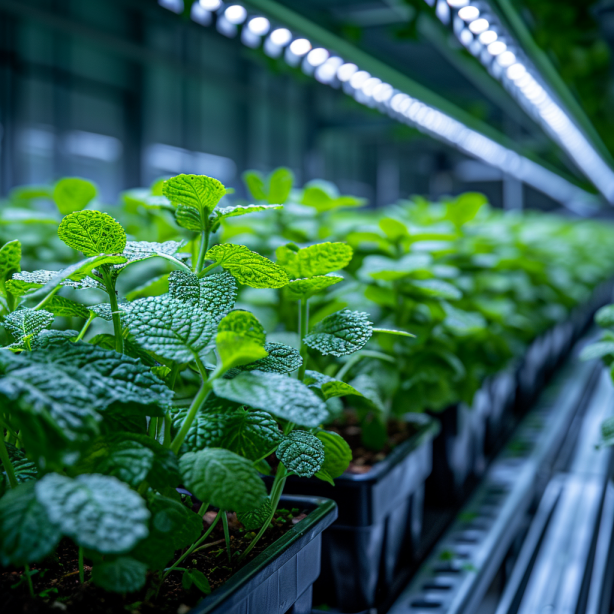
While Epsom salt offers some fantastic benefits, it does come with a few cautions:
Too much too fast can lead to excess salt buildup.
Start with small doses and only increase slowly if plants ask for more magnesium through symptoms.
The added sulfur can alter pH over time, usually dropping it.
Keep an eye on your pH routinely and adjust as needed with pH meter.
Epsom salt doesn’t work well for some plants like brassicas and cucurbits.
If foliage damage occurs, discontinue use.
Finally, confirm magnesium deficiency through testing before treating.
An excess can also cause toxicity issues, creating similar yellowing symptoms.
By carefully observing how plants respond and adjusting amounts accordingly, Epsom salt can be an invaluable hydroponic helper!
Frequently Asked Questions
Will epsom salt per gallon help correct nutrient deficiencies in my hydroponic system?
Yes, adding 1-2 tablespoons of epsom salt per gallon can help correct magnesium and sulfur deficiencies.
Start with small amounts and increase slowly while monitoring your plants.
Too much can cause salt buildup.
How can I use epsom salt as a foliar spray for faster absorption?
Mix 1-2 teaspoons epsom salt per gallon of water and apply as a foliar spray directly on leaves.
This provides plants fast access to magnesium and sulfur without affecting your nutrient formula.
Shake well and test on a few leaves before wide application.
Why is magnesium content from epsom salt important for hydroponic systems?
Magnesium is crucial for seed germination, green chlorophyll production, and many enzymatic plant functions.
Epsom salt breaks down to provide magnesium and sulfur, both essential nutrients.
Can I use epsom salt along with calcium nitrate?
Yes, epsom salt containing magnesium and sulfur works well with calcium nitrate.
Together they provide a balanced nutrient profile.
Just avoid excessive buildup of salts.
Start with small amounts of epsom salt and increase slowly as needed.
How can epsom salt help flowering plants and fruiting vegetables?
The magnesium in epsom salt helps plants properly absorb phosphorus and nitrogen.
This leads to better flowering, fruiting, and ripening.
The sulfur also boosts production of plant enzymes and compounds.
Why monitor ph levels when adding epsom salt?
Epsom salt can lower pH in hydroponic solutions.
Check pH 24 hours after adding epsom salt and adjust accordingly to maintain optimal 5.5-6.5 range.
Proper pH ensures plants can properly access nutrients.
Conclusion
While Epsom salt isn’t strictly necessary for hydroponics, it can provide major benefits when used strategically.
By supplementing magnesium levels, it corrects deficiencies, enhances nutrient absorption, aids flowering, and gives seedlings a boost right out of the gates.
Start cautiously with small doses, test changes in plant health and magnesium levels, and adjust amounts accordingly.
With the right balance, Epsom salt unlocks the full genetic potential of crops.
And vibrant, robust gardens speak for themselves!
So keep this ace up your sleeve to turn around issues or take thriving plants to the next level.
Have you used Epsom salts in your hydroponic garden before?
Let me know in the comments how it worked for your plants or if you have any other tips to share!
References
- https://www.nal.usda.gov/farms-and-agricultural-production-systems/hydroponics
- https://growwithoutsoil.com/hydroponic-nutrients/#:~:text=Epson%20Salt%20(magnesium%20sulfate),ability%20to%20absorb%20other%20nutrients
Related Articles
- https://tophydroponicgarden.com/hydroponic-supplies-basics/
- https://tophydroponicgarden.com/nutrients/
- https://tophydroponicgarden.com/ph-tester/
Was this helpful?

I’m Barrie L., a passionate hydroponic gardening enthusiast dedicated to cultivating thriving, soil-less gardens. With a focus on all things hydroponic, I share my expertise on innovative growing techniques and sustainable practices through my blog, tophydroponicgarden.com. As a seasoned hydroponics specialist, my goal is to inspire and guide fellow gardeners in harnessing the power of water-based cultivation for bountiful and eco-friendly harvests. I’m also an author of the book “Hydroponics For Absolute Beginners: Your Step By Step Guide For How To Create An Hydroponics System At Home Without Soil, For Growing Vegetable, Fruit And Herbs.” which is sold on Amazon. Join me on a journey of redefining the way we cultivate plants, one nutrient-rich solution at a time. Happy growing!

